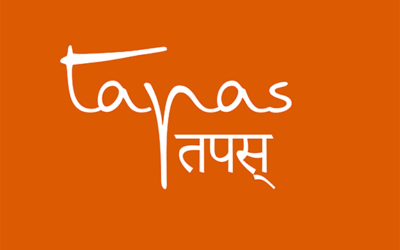Explore Latest Posts
Explore Videos
More Articles
The Ego Trap of Spiritual Arrogance
When we think about cultivating our inner faith, we do not often consider how closely faith ties into spiritual arrogance. The topic of spiritual arrogance is vast and deep. But when we feel into how this subtle aspect of ego-driven identification has unfolded within...
Raja Yoga Now: The Master’s Touch
It was in September 1970 that I first met my spiritual master. It was a time when many great Gurus were being drawn to the West, attracted by the awakening aspiration of the youth. Several hundred of us had gathered at a rustic site in the mountains of California for...
Three Important Things in Life
It is not what you do that is so important. What is more important, is why you are doing anything. We must ask ourselves, What is there to gain by doing something? Remember, you are God’s image. So, you must have all the qualities of God, such as purity, love, and...
When Hatha Meets Raja
Michael Rhadeya Plasha (Yoga, Ayurvedic and meditation educator and an addiction, trauma and chronic disease specialist) has spent two decades refining his practice and teaching of Hatha Yoga while integrating Raja Yoga into the class. In this article he shares what...
The Yoga of Suffering: Its Philosophy and Practice
In our current environment we see suffering everywhere as a result of the Coronavirus pandemic. How do we understand suffering and work with suffering from a yogic point of view? What do the Yoga Sutras have to teach us about suffering? This article will discuss the...
Yoga is Self-Realization
In the Yoga Sutras, we learn that the practice of Yoga is aimed at addressing the fluctuations or disturbances in the mind (chitta vritti) so we may experience our natural state of peace and joy. Some misunderstand this and think "Yoga chitta vritti" means Yoga is the...
Where Raja Yoga Meets the Bible
There is a beautiful connection between Raja Yoga and the Bible. Both scriptures talk about the heart. One of the Beatitudes is, “Blessed are the Pure in Heart; they shall see God.” That is the heart of Yoga. At the very beginning of the Yoga Sutras, sage Patanjali...
The Realized Self
Question: If the Self is already realized and if it is already Divine, why do we need the experience of enlightenment to know this? Swami Satchidananda: Who said the Self is already realized and already Divine? Do you know positively? If you know this positively, you...
Raja Yoga Teaching of the Month: Tapas
In this monthly series on the Yamas and Niyamas, Swami Karunananda offers wisdom and reflections on applying these foundational principles of Yoga in daily life. This month’s focus is on Tapas, austerity. Sutra 2.43: “By austerity, impurities of body and senses are...
Raja Yoga Teaching of the Month: Santosha
In this monthly series on the Yamas and Niyamas, senior Integral Yoga teachers offer wisdom and reflections on applying these foundational principles of Yoga in daily life from the Yoga Sutras of Patanjali. This month’s focus is on Santosha, contentment. FROM THE YOGA...










